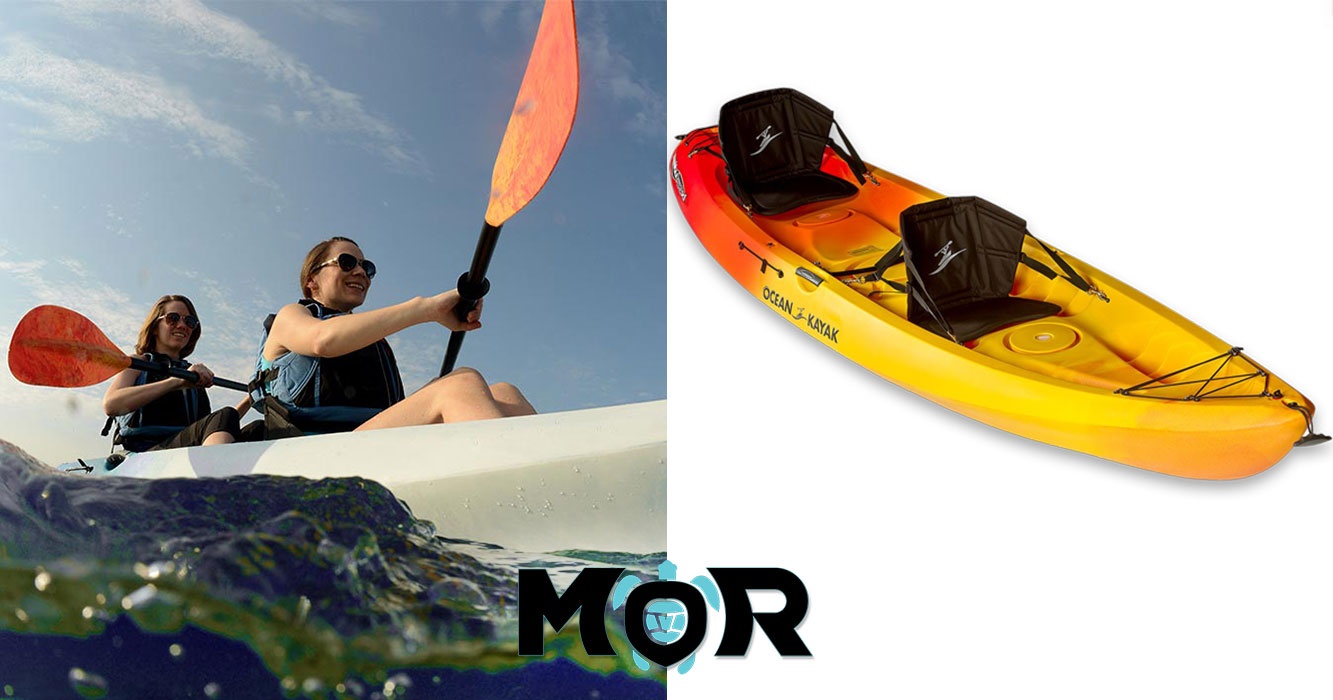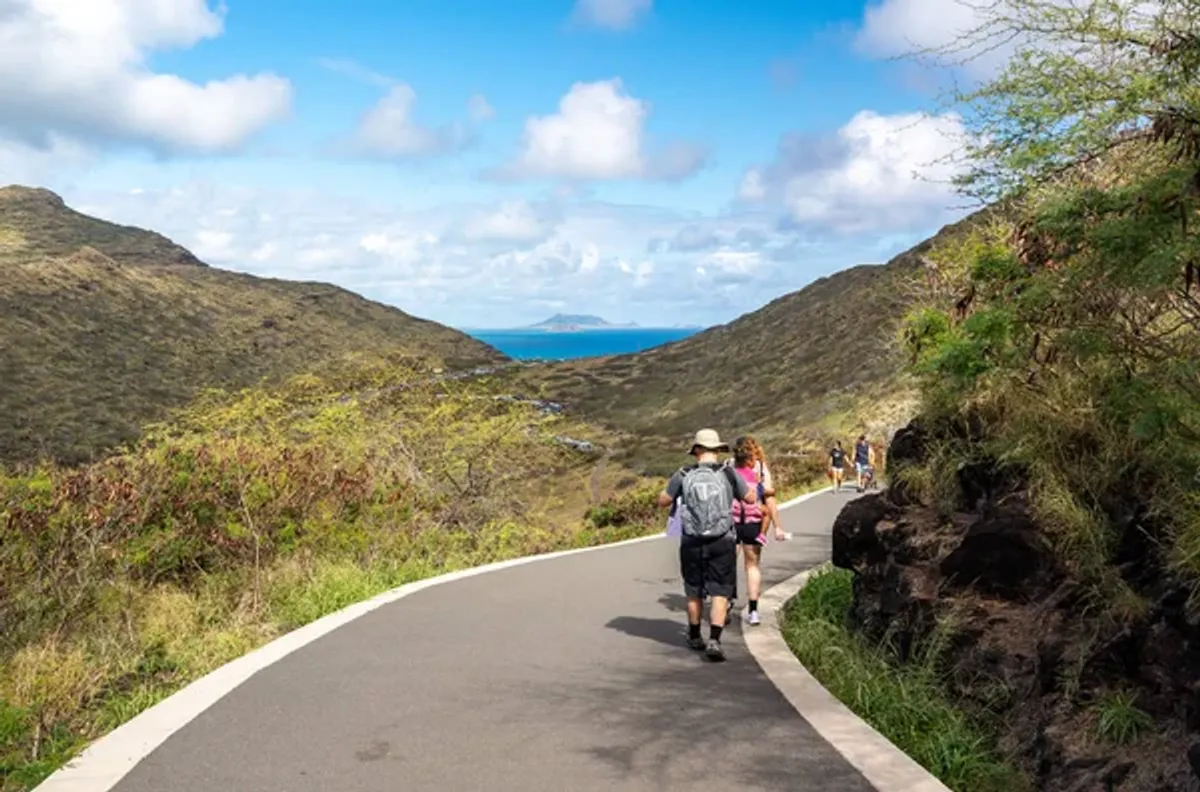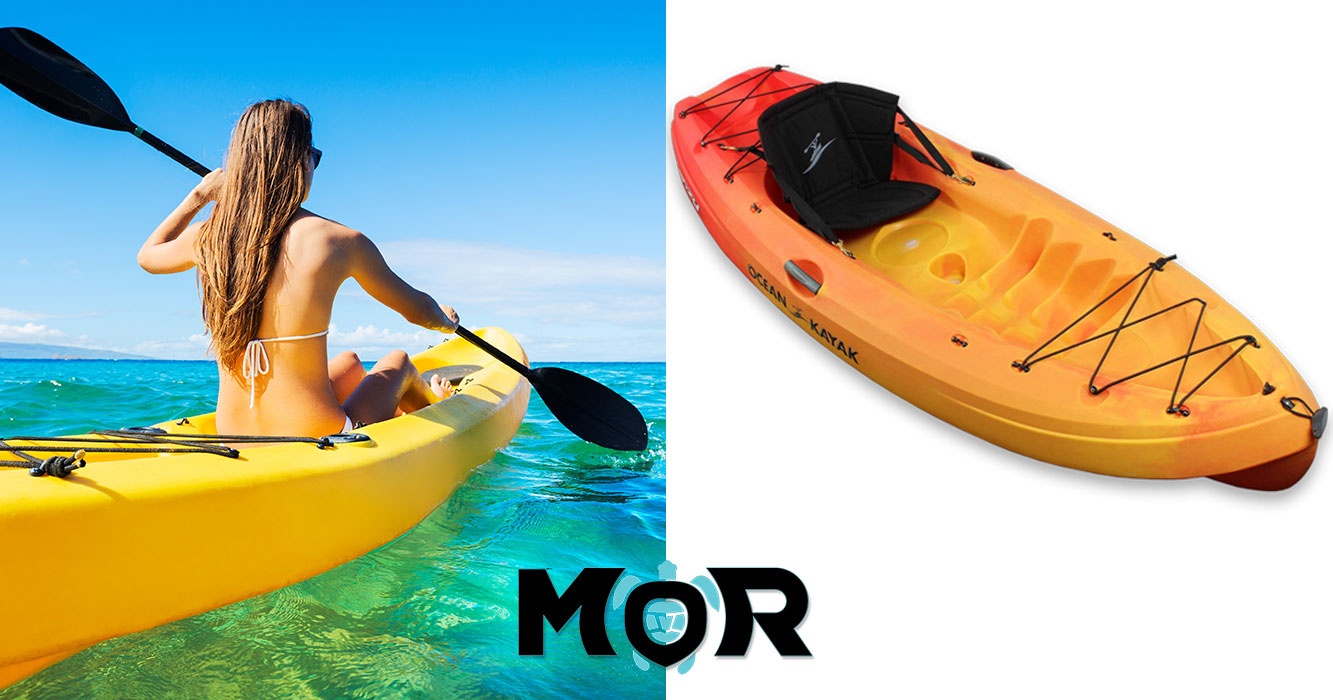

Your Complete Practical Guide
Safety, Accessibility & Essential Preparation

Written by a Local Expert
Leilani AkoCan Everyone Enjoy This Trail? Accessibility Considerations
The paved surface makes Makapu'u more accessible than many Hawaiian hikes, but the steady uphill grade presents challenges that require honest assessment of individual capabilities and limitations.
Family-Friendly Features and Considerations
The wide, paved path works well for families with older children who can handle the consistent uphill grade. Many people manage with strollers, though the incline provides a serious workout that may challenge both the pusher and the stroller's brakes on the descent.
Children should be supervised carefully, especially near lookout points and cliff edges. The trail's exposure means there's no escape from sun and heat, making proper preparation essential for young hikers. Plan for frequent rest stops and bring extra water for children who may not recognize their own dehydration symptoms.
🐕 Dogs Welcome with Precautions
Dogs are welcome on leash, but owners must consider the hot pavement conditions. Early morning or late afternoon visits protect sensitive paw pads from burning. Bring water for dogs and watch for signs of overheating in breeds not adapted to tropical conditions.
♿ Mobility Considerations
The first 1,000 feet may be manageable for manual wheelchairs with strong assistants, but the 500-foot elevation gain makes the full trail extremely challenging. Powered mobility scooters work better with full batteries.
👁️ Visual Accessibility
The wide, maintained trail could work for visually impaired hikers with sighted guides. Railings protect main lookout points, but cliff edges remain hazardous without proper guidance.
Accessibility Resources
Organizations like Travel Visions Aloha for the Blind specialize in making Hawaii's outdoor experiences accessible to the blind and visually impaired community. While they may not offer specific Makapu'u tours, they provide valuable resources and connections for planning accessible adventures.
Ho'opono Services for the Blind offers additional support and resources for visually impaired residents and visitors. Contact these organizations directly for current information and personalized guidance based on individual needs and abilities.

Essential Packing List: Preparation for Success
Proper preparation makes the difference between a great hike and a miserable experience. The trail's complete exposure and lack of facilities require self-sufficiency and careful planning.
♿ Accessibility Facts
- Surface: Fully paved
- Width: Wide path
- Grade: Steady uphill
- Railings: At lookouts
- Strollers: Challenging but doable
🚨 Safety Priorities
- Sun protection (no shade)
- Lots of water (no sources)
- Secure loose items (wind)
- Stay on paved trail
- Parking lot security
📞 Emergency Info
- Emergency: 911
- Location: Kaiwi State Scenic Shoreline
- No cell service: At some points
- Nearest hospital: Hawaii Kai
📖 Continue Reading
Must-Have Basics for Everyone
Water: Bring more than you think you need. No water sources exist on the trail, and the combination of sun, wind, and physical exertion increases dehydration risk significantly. A good rule is one liter per person for the basic hike, more for extended stays or hot conditions.
☀️ Sun Protection
- • Reef-safe sunscreen (reapply frequently)
- • Wide-brimmed hat that won't blow off
- • Sunglasses with UV protection
- • Secure straps for hat & glasses
👟 Footwear & Clothing
- • Sturdy walking shoes (not flip-flops!)
- • Light, breathable layers
- • Synthetic fabrics that wick sweat
- • Long sleeves for extra protection
🎒 Useful Additions
- • Camera with extra batteries
- • Binoculars for whale watching
- • Backpack for hands-free hiking
- • Light snacks for energy
Safety on the Main Trail: Prevention and Awareness
The paved lighthouse trail is relatively safe compared to off-trail adventures, but awareness and preparation prevent most problems before they occur.
🚨 Key Safety Points
- Stay on the paved trail: The maintained path is designed for safety and environmental protection. Off-trail travel increases erosion, damages fragile ecosystems, and exposes hikers to unnecessary risks.
- Protect against sun and heat: Heat exhaustion and heat stroke can develop quickly without proper hydration and sun protection. Recognize early symptoms including dizziness, nausea, and excessive fatigue.
- Secure belongings: Strong trade winds can blow away hats, sunglasses, and loose items. Use chin straps and secure cords.
Weather Awareness and Conditions
Monitor weather conditions before departing, especially during winter months when storms occasionally affect the islands. Strong winds can make walking difficult and blow debris. Rain makes the paved surface slippery and reduces visibility.
Trade winds provide natural cooling but can be surprisingly strong, especially at exposed lookout points. Secure loose clothing and be prepared for wind chill effects that can make temperatures feel cooler than actual readings.
Trail Etiquette and Crowd Management
The trail gets extremely crowded, especially on weekends and during whale season. Stay right on the trail, allowing faster hikers to pass safely. Be considerate with strollers or large groups that might block the path for others.
Practice Leave No Trace principles by packing out all trash, staying on designated paths, and not disturbing wildlife or plants. Respect other visitors' experience by keeping noise levels reasonable and not monopolizing prime viewing spots. Remember that everyone is here to enjoy this special place.
Emergency and Comfort Items
Emergency Essentials
- • First aid supplies including bandages, antiseptic, and pain relievers
- • Emergency whistle for attracting attention if needed
- • Identification and emergency contact information
- • Portable phone charger for emergency communication
Comfort Items
- • Cash for parking fees or nearby food purchases
- • Weather protection like lightweight rain jacket
- • Headlamp or flashlight for early/late hiking
- • Waterproof bag for protecting electronics
⚠️ Special Considerations for Tide Pool Exploration
For those considering the extremely dangerous tide pool access (with extreme caution and ideal conditions only):
- • Water shoes with excellent grip and ankle protection
- • Swimsuit and quick-dry towel
- • Snorkel gear for underwater observation
- • Waterproof bag for electronics protection
Warning: Tide pool access is extremely dangerous and has resulted in numerous accidents. Only attempt under perfect conditions with extensive experience.

